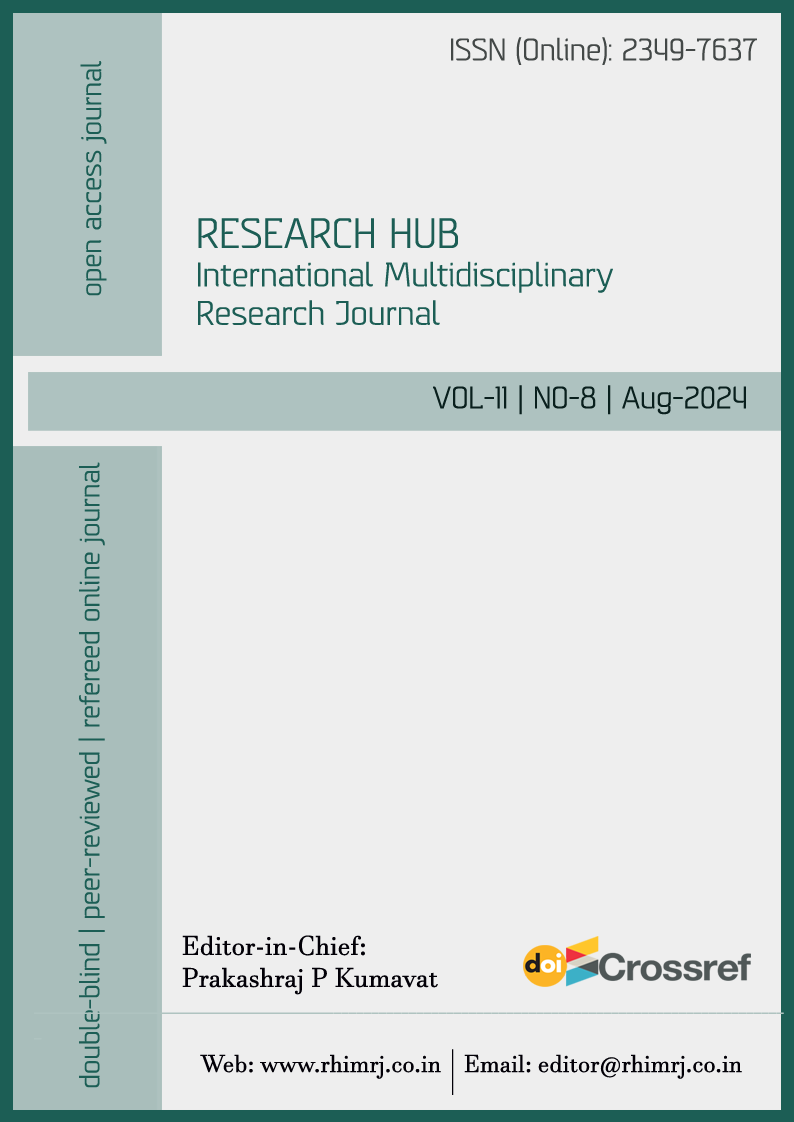Shakespeare’s Women: A Multifaceted Exploration of Femininity, Agency, and Power in the Bard’s Plays
DOI:
https://doi.org/10.53573/rhimrj.2024.v11n8.001Keywords:
Femininity, Agency, Power, Gender, IdentityAbstract
This article examines the intricate and diverse representations of gender, agency, and power in Shakespeare’s oeuvre, emphasizing how female characters maneuver and contest societal expectations within constraining structures. This study conducts a thorough analysis of characters such as Portia in ‘The Merchant of Venice’, Desdemona in ‘Othello’, Lady Macbeth in ‘Macbeth’, and Cleopatra in ‘Antony and Cleopatra’, exploring how Shakespeare portrays women who, despite being restricted by patriarchal conventions, demonstrate resourcefulness, intelligence, and resilience. These characters exemplify various methods of agency—through subversive humor, tactical concealment, ethical steadfastness, or unabashed self-assertion. Marilyn French contends that Shakespeare’s female characters “redefine justice and power through compassionate intelligence” (‘Shakespeare’s Division of Experience’), demonstrating how conventional feminine attributes may serve as formidable instruments in a patriarchal society. Simultaneously, Desdemona’s tragic susceptibility and Ophelia’s psychological disintegration reveal the sinister aspects of gendered power disparities, illustrating what Elaine Showalter describes as the “silencing effect of patriarchal expectations on female autonomy” (‘The Female Malady’). Shakespeare attacks conventional assumptions of femininity and agency through nuanced portrayals, exposing the intricate relationship between power and gender roles. This thesis contends that Shakespeare’s female characters transcend mere passivity or tragedy; they actively engage in their narratives, subverting the confines of their gender roles. Kiernan Ryan observes that they “inhabit a liminal space between resistance and compliance” (‘Shakespeare’s Universality: Here’s Fine Revolution’), exemplifying the enduring challenges women face in asserting agency and identity within constraining frameworks. This study enhances the comprehension of Shakespeare’s lasting impact on discourse surrounding gender, identity, and power by analyzing these characters through a contemporary critical perspective.
References
Bamber, Linda. Comic Women, Tragic Men: A Study of Gender and Genre in Shakespeare. Stanford University Press, 1982.
Dusinberre, Juliet. Shakespeare and the Nature of Women. Macmillan, 1975.
Ryan, Kiernan. Shakespeare’s Universality: Here’s Fine Revolution. Bloomsbury Arden Shakespeare, 1999.
Showalter, Elaine. The Female Malady: Women, Madness, and English Culture, 1830-1980. Pantheon, 1985.
Shakespeare, William. The Merchant of Venice. The Arden Shakespeare, edited by John Russell Brown, Bloomsbury Arden, 2008.
Shakespeare, William. Othello. The Arden Shakespeare, edited by E.A.J. Honigmann, Bloomsbury Arden, 2001.
Shakespeare, William. Macbeth. The Arden Shakespeare, edited by Kenneth Muir, Bloomsbury Arden, 2001.
Shakespeare, William. Romeo and Juliet. The Arden Shakespeare, edited by René Weis, Bloomsbury Arden, 2012.



